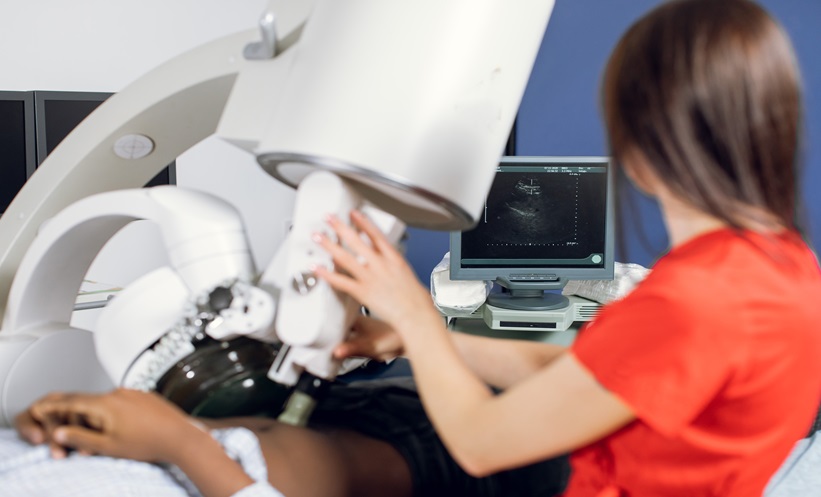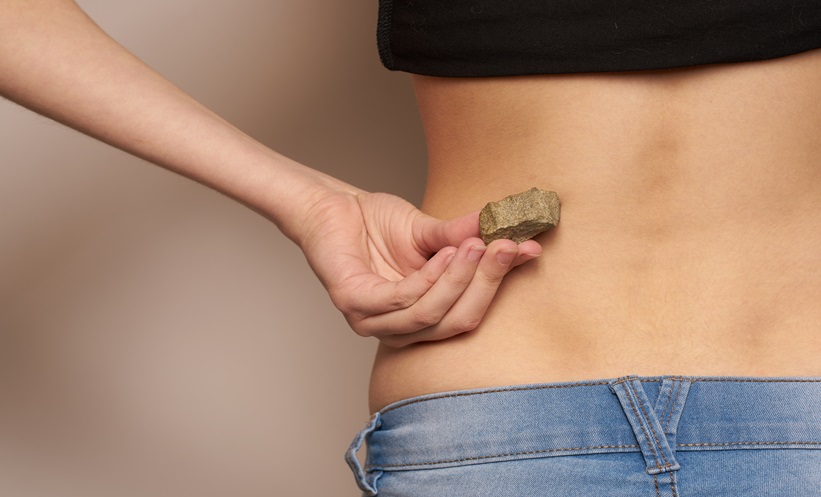A RECENT study conducted by the Pediatric KIDney Stone (PKIDS) Care Improvement Network offered new insights into the treatment of kidney and ureteral stones in paediatric patients. Despite guidelines from the American Urological Association (AUA) and European Association of Urology (EAU) recommending both ureteroscopy (URS) and shockwave lithotripsy (SWL) for stones <20 mm, 80% of children undergo URS.
The prospective observational trial included 1,142 patients aged 8–21 years (median age: 15.6 years; 60% female; 77% White) in clinical care at 30 medical centres across North America from 2020–2023. The aim was to compare the effectiveness and patient-reported outcomes (PROs) of URS and SWL. The study assessed stone clearance via ultrasound 6 weeks post-surgery, and secondary outcomes included PROs measured by the PROMIS system and urinary symptom scores at various intervals up to 12 weeks after surgery.
Results indicated that for all stone sizes, stone clearance was 74.5% for URS (95% confidence interval [CI]: 65.7–83.3) and 68.6% for SWL (95% CI: 59.7–77.7), a difference that was not statistically significant (risk difference 5.9; 95% CI: -6.6–18.5) . However, SWL demonstrated significant advantages in terms of patient experience, particularly 1 week after surgery. Patients treated with SWL reported less pain intensity, pain interference, and fewer urinary symptoms compared to those treated with URS. These differences in PROs, however, levelled out after 3 weeks, with no significant disparities observed up to 3 months post-surgery.
The study also found no significant differences in stone clearance based on the size or location of the stones, though the analysis could not compare stones >15 mm due to the limited number of patients undergoing SWL for such cases. Additionally, older patients (aged 18–21) treated with URS experienced worse urinary symptoms 1 week post-surgery compared to younger patients, but no sex differences in PROs were found between the treatment methods.
In conclusion, the findings suggest that SWL offers similar stone clearance rates to URS but results in a better post-operative experience for paediatric patients. These outcomes support the consideration of SWL as a viable and potentially preferable option for children and adolescents with small to medium-sized urinary stones.
Reference:
Tong C et al. Comparative effectiveness of ureteroscopy and shockwave lithotripsy for children with nephrolithiasis: results of a multicenter prospective clinical trial. J Urol. 2024;211(5S2):e6.








